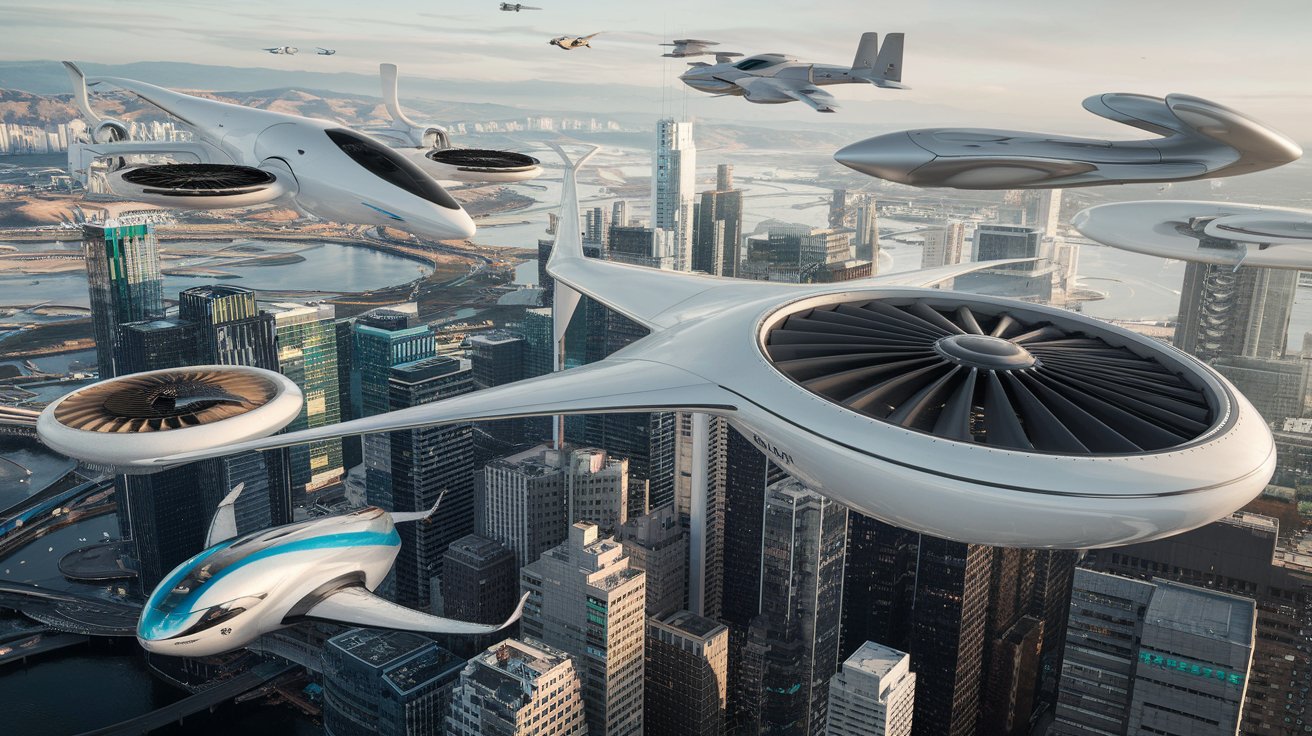The Urban Air Mobility (UAM) market is set to witness exponential growth, with the total fleet size expanding from 61,479 units in 2024 to 875,438 units by 2035. This rapid increase underscores the rising demand for alternative aerial transportation solutions, driven by urban congestion, advancements in eVTOL (electric vertical takeoff and landing) aircraft, and increasing investments in air mobility infrastructure. The UAM Industry is estimated to be USD 4.6 billion in 2024 and is projected to reach USD 23.5 billion by 2030, at a CAGR of 31.2% between 2024 and 2030, and USD 41.5 billion by 2035, at a CAGR of 12.1% from 2030 to 2035.
Download PDF Brochure @
https://www.marketsandmarkets.com/pdfdownloadNew.asp?id=251142860
Market Growth & Projections
-
2024: The global UAM fleet begins with 61,479 operational units, primarily in piloted air taxi and cargo transport applications.
-
2030: The fleet is projected to grow to 519,370 units, fueled by commercialization efforts, regulatory advancements, and the expansion of vertiport infrastructure.
-
2035: With a CAGR of 12.1% from 2030 onward, the total UAM fleet is expected to reach 875,438 units, as autonomous operations gain traction and air mobility networks become more integrated into urban infrastructure.
Key Factors Driving Fleet Expansion
-
Rising Urban Congestion & Need for Alternative Transport
-
Population growth and traffic congestion in major cities are prompting the adoption of UAM solutions, offering fast, point-to-point travel.
-
-
Technological Advancements in eVTOL & Autonomous Systems
-
Innovations in battery efficiency, autonomous navigation, and AI-driven flight systems are making UAM operations safer, more efficient, and cost-effective.
-
-
Regulatory Approvals & Airspace Integration
-
Governments and aviation authorities, including the FAA, EASA, and CAAC, are actively working on frameworks to support the safe integration of UAM into urban environments.
-
-
Expanding Infrastructure & Vertiport Networks
-
Increased investment in vertiports, charging stations, and air traffic management systems will enable large-scale deployment of UAM fleets.
-
-
Growing Commercialization of Air Taxi & Cargo Services
-
Companies like Joby Aviation, Archer Aviation, Lilium, Airbus, and EHang are leading the market with large-scale fleet deployments and strategic partnerships.
-
Regional Fleet Expansion Outlook
-
North America: Expected to dominate the market due to strong government support, private investments, and a well-established aviation ecosystem.
-
Europe: Rapidly advancing with projects in Germany, France, and the UK, focusing on sustainable and autonomous air mobility.
-
Asia-Pacific: Emerging as a key player, with major developments in China, South Korea, and Japan, leveraging advanced manufacturing capabilities and smart city initiatives.
Ask for Sample Report @
https://www.marketsandmarkets.com/requestsampleNew.asp?id=251142860
Challenges & Future Considerations
While fleet expansion is progressing rapidly, challenges such as high initial investment costs, infrastructure development, public acceptance, and cybersecurity concerns must be addressed. Overcoming these barriers will be essential for the smooth integration of UAM into global transportation networks.
With increasing adoption, regulatory progress, and continuous technological innovation, the global UAM fleet is on track to transform urban transportation, offering a scalable, sustainable, and highly efficient mobility solution.

